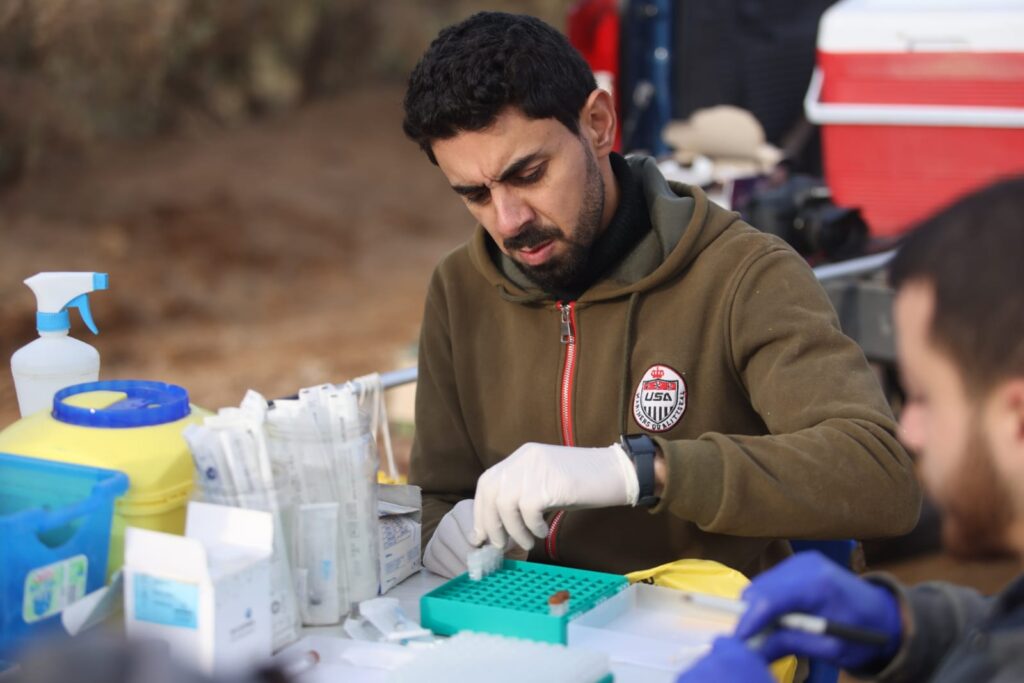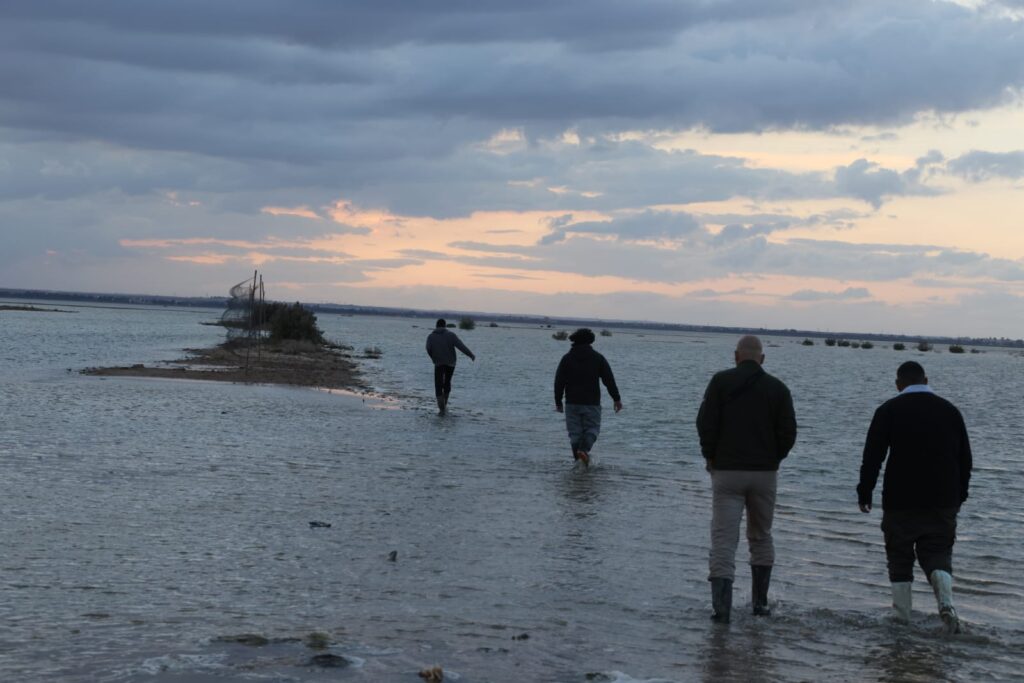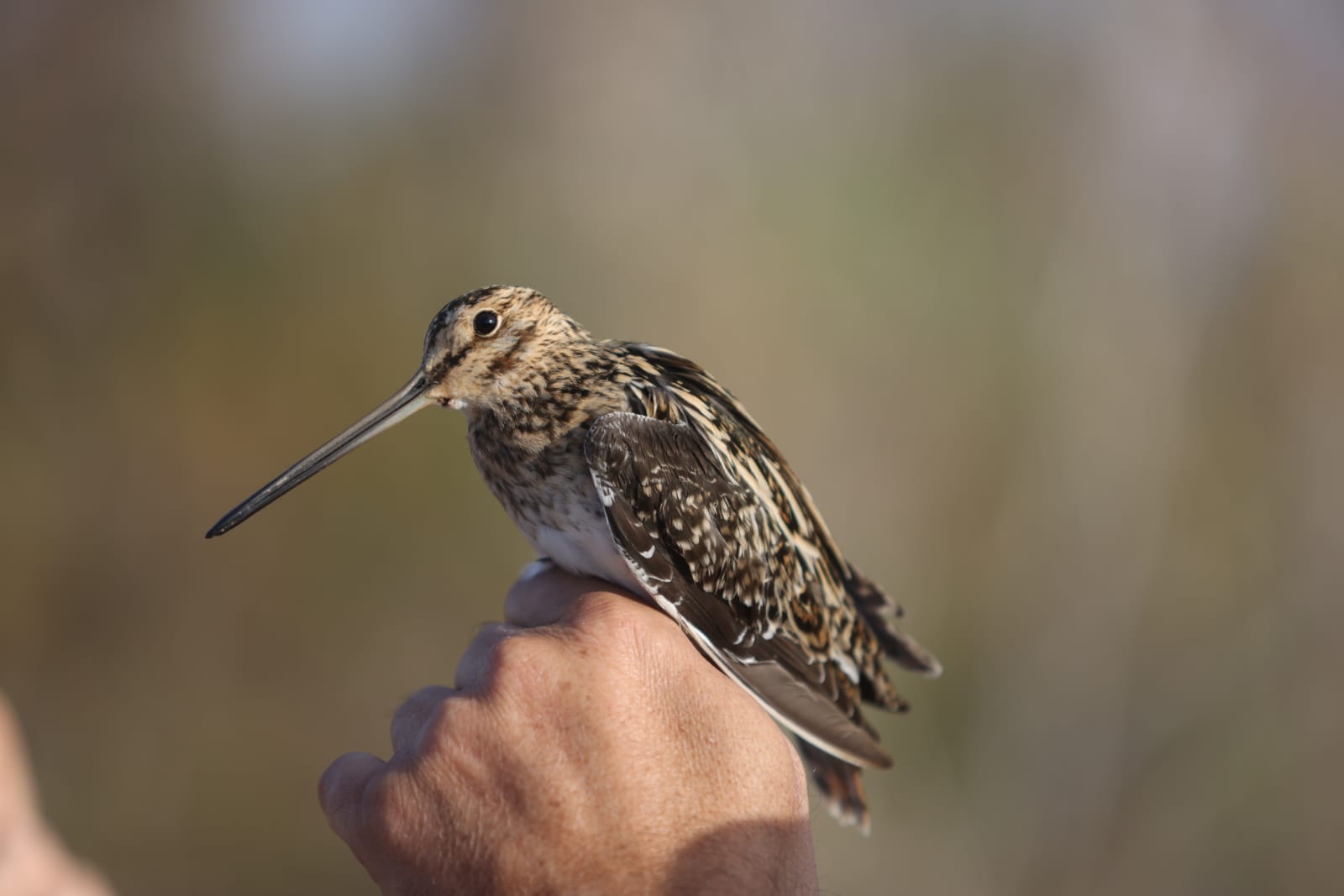The Azraq Wetland Reserve in Jordan has been advancing environmental conservation these past four months by launching new studies and international collaborations. The Royal Scientific Society, together with Jordan BirdWatch, the University of Michigan, and Los Alamos National Laboratories, has initiated an extensive study on the ecology of both migratory and resident birds. This project is coordinated with the Royal Society for the Conservation of Nature and aims to deepen understanding of the area’s diverse ecosystems.
Another significant discovery has been made within the reserve—the longtail tadpole shrimp, Triops longicaudatus, which was spotted for the first time in Jordan. This discovery at the Azraq Mudflat marks the first recording of the species and its family in the region, adding important new data to Jordan’s biodiversity records.

In addition to its research achievements, the reserve has joined the Wetland Link International (WLI) network, which includes over 350 conservation sites across six continents. Membership in this network will enhance the reserve’s visitor services by expanding educational programs, increasing community involvement, and building capacity in various conservation-related fields. WLI, endorsed by the Ramsar International Convention and in partnership with Britain’s Waterfowl and Wetlands Trust, enables the reserve to share knowledge and experiences with other wetland conservationists around the world.
The reserve has also introduced a new way to engage visitors: an area dedicated to interactive, educational, and environmental recreational games. This space is designed to provide fun, hands-on learning experiences that emphasize the importance of wetland ecosystems and encourage environmental education.
These initiatives at the Azraq Wetland Reserve play a crucial role in protecting diverse wildlife and demonstrate a strong commitment to promoting scientific research and raising public awareness about environmental preservation. Through these efforts, the reserve continues to enhance its local and global impact on conservation.


